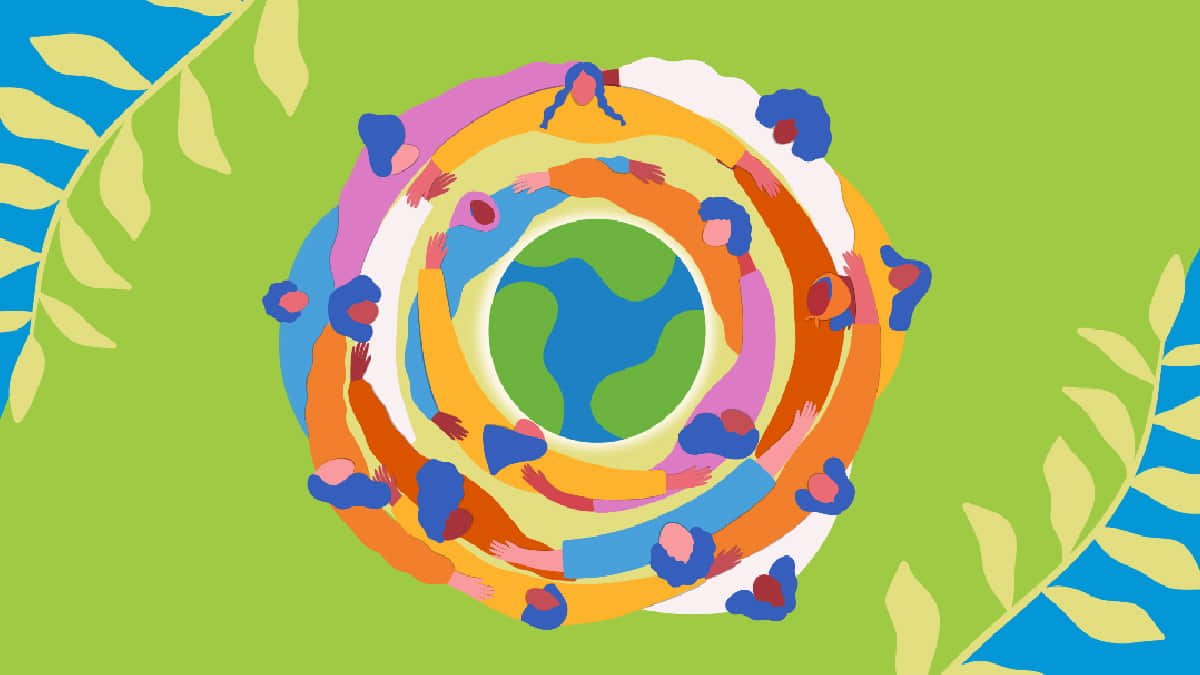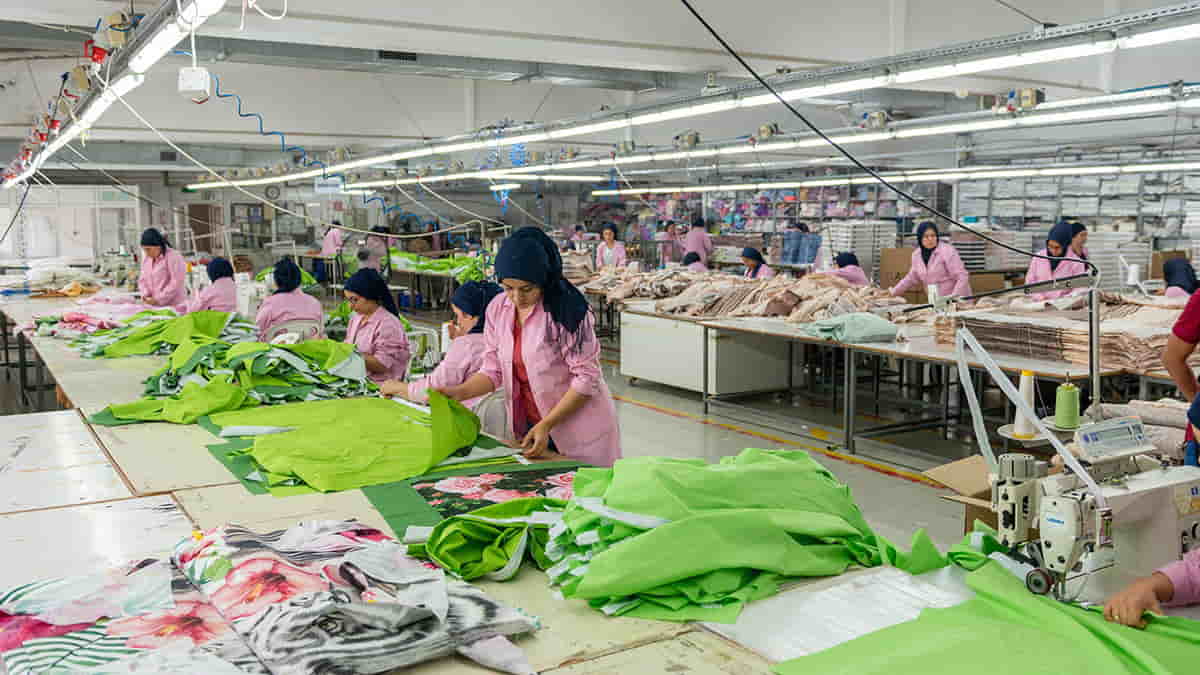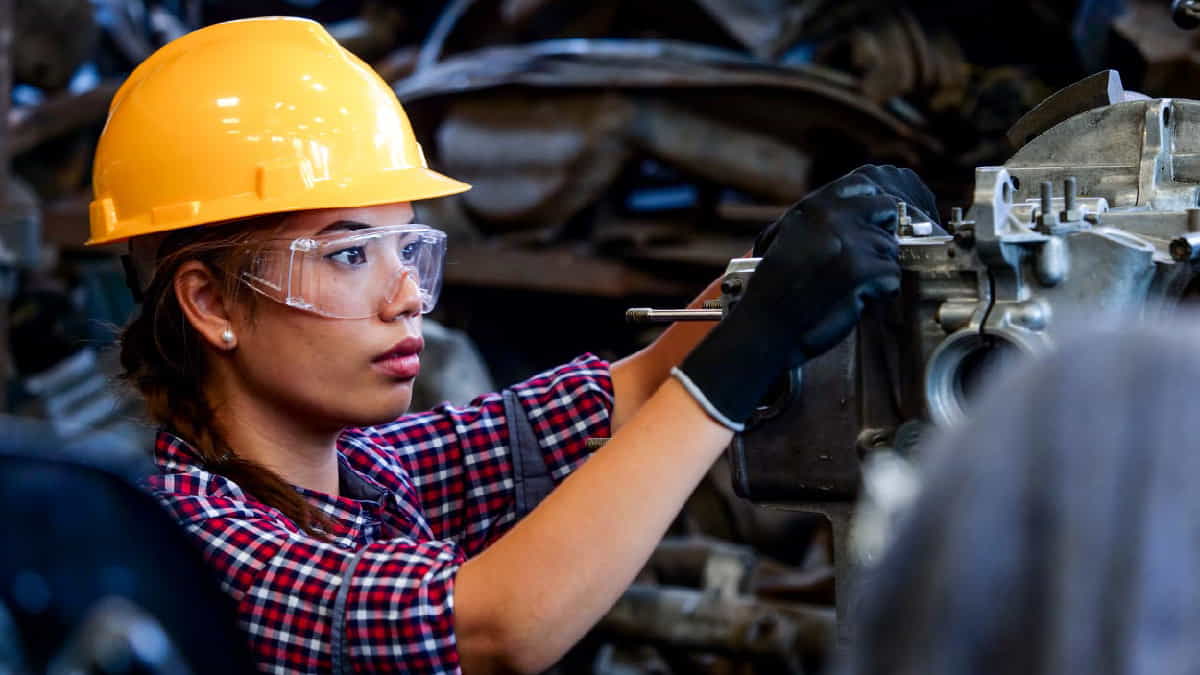International Women’s Day (IWD), where women textile workers sowed its seeds in the early 1900s with the struggle for rights, will be celebrated all over the world for the 111th time this year. Women are still coping with numerous difficulties in their business and social lives, problems such as low wages, long working hours, workplace violence and harassment continue to exist today despite the improvements made over the past years. The textile industry is among the sectors with the highest female employment rate, with market revenue of over 1.7 trillion dollars in 2021. The global fashion industry employs more than 75 million workers worldwide, 85 percent of whom are women. Women represent about half of the world’s population and are at a key point in the sustainable transformation of both the textile industry and the world.
Women’s Day; from past to today, from idea to action
The protest march of 15 thousand women textile workers in New York City in February 1908 for better working conditions, better wages, shorter working hours and suffrage ignited the first spark in the emergence of International Women’s Day. The first National Women’s Day was celebrated in the United States on February 28, 1909. Clara Zetkin, the leader of the Women’s Office for the Social Democratic Party in Germany, tabled with the idea of International Women’s Day in 1910, at the second International Conference of Working Women held in Copenhagen, Denmark and this was unanimously accepted. Following this, International Women’s Day was celebrated for the first time in Austria, Denmark, Germany and Switzerland on March 19, 1911. Later, women celebrated Women’s Day by organizing a strike to protest food shortages, poor living conditions and World War I, in Saint Petersburg, Russia, on February 24, 1917 (March 8 according to the Gregorian calendar); also playing a role in the emergence of the 1917 Russian Revolution. International Women’s Day, officially changed to March 8 in 1921, was first celebrated by the United Nations (UN) in 1975. International Working Women’s Day is being celebrated in Turkey since 1921.

Gender equality today for a sustainable tomorrow
The UN announced the first annual theme for International Women’s Day in 1996 as “Celebrating the Past, Planning for the Future” and determined this year’s theme as “Gender equality today for a sustainable tomorrow”. SDG 5: Gender Equality is one of the Sustainable Development Goals agreed by world leaders to end extreme poverty, fight inequality and injustice, and fix climate change by 2030. The climate crisis is putting women’s lives and livelihoods at risk, deepening the existing gender inequalities. Women and girls, representing nearly half of the world’s population, are both experiencing the greatest impacts of the climate crisis and playing a critical role in building a sustainable future for this reason. UN Women emphasizes that a sustainable and equal future is unattainable without gender equality today and calls for climate action for women, by women on International Women’s Day 2022. This year’s campaign theme is #BreakTheBias.
Labour force participation rate of women in Turkey is 34%
Turkey ranks 133rd among 156 countries in the index of the Global Gender Gap Report 2021 published by the World Economic Forum, while Iceland, Finland and Norway are in the top three, respectively. Women’s labour force participation rate of 34% in Turkey is well below average compared to the average rate observed in high human development (54%) and very high human development country groups (52%) according to the analysis study conducted by the Association for Monitoring Gender Equality (CEİD) with the support of UNDP. Recent data show that the situation has worsened due to the global pandemic, with female labour force participation falling to 30 percent. The most worrying decline is seen in the fields of income and education, according to the research that identifies the areas of progress and decline in the last 20 years using UNDP’s standard human development indices. While the average income of women is at the level of 47 percent of the average income of men according to 2019 data, it is stated that the reason for this is that most of the women are out of the labour force.

Textile is one of the sectors where gender inequality is most intense
There are 1 million 313 thousand 432 registered workers in weaving, apparel and leather business in Turkey according to the January 2022 data of the Ministry of Labor and Social Security. However, there is a high level of unregistered employment in the sector. Women, whose labour force participation rate is stated as 41 percent in the textile and apparel sectors, still face more serious problems in terms of low wages, long working hours, occupational health and safety and unionisation.
The majority of textile manufacturing takes place in lower-wage Asian countries, Asian garment workers account for 75 percent of worldwide employment in apparel manufacturing sector, according to the International Labor Organization. Of the 65 million textile workers in the region, 35 million are women. A report by Asia Floor Wage shows a significant increase in Gender-Based Violence and Harassment (GBVH), which includes verbal, physical and sexual abuse, in garment factories in six Asian countries during the Covid-19 pandemic. The increase in GBVH during the pandemic is directly attributed to the purchasing practices of international fashion brands which reinforce women’s vulnerability. In some countries, garment workers are reported to work 10 to 16 hours a day, six days a week, leaving little time for their families and private lives.

Transparency for the fight against discrimination: equal pay for equal work
Fashion Revolution’s ‘2021 Fashion Transparency Index’ shows that transparent information sharing is still quite insufficient in the entire value chain of the industry. It also emphasizes the importance of transparency in improving processes by ensuring accountability.
Only 30% of major brands publish gender pay data, defined as the average pay gap between men and women, while only 21% of them disclose the gender breakdown of workers at each of their supplier sites. Knowing the percentage of women workers in a facility enables gender-responsive practices that address the needs of female employees.
While 27% of brands describe the company’s approach to paying a living wage, only 4% publish a time-bound and measurable strategy on living wages. In addition, only 6% of brands report annual measurable progress in achieving living wages for supply chain workers. The living wage has the power to end the poverty payment for millions of textile workers, the majority of whom are women.
Social justice and gender equality appear as issues that are homogeneous with the environmental impacts of the climate crisis. The fact that countries that have caused much less climate change are more exposed to its effects and the fact that women and children are in a much more disadvantageous position during such times, as evident in the recent pandemic period, shows that the definition of a sustainable future needs to be considered in a broader perspective. The history of International Women’s Day, which started with the struggle of women garment workers for gender equality, sheds light on the construction of a sustainable world that earns meaning with the participation of women who defend the equality of all living things today.
